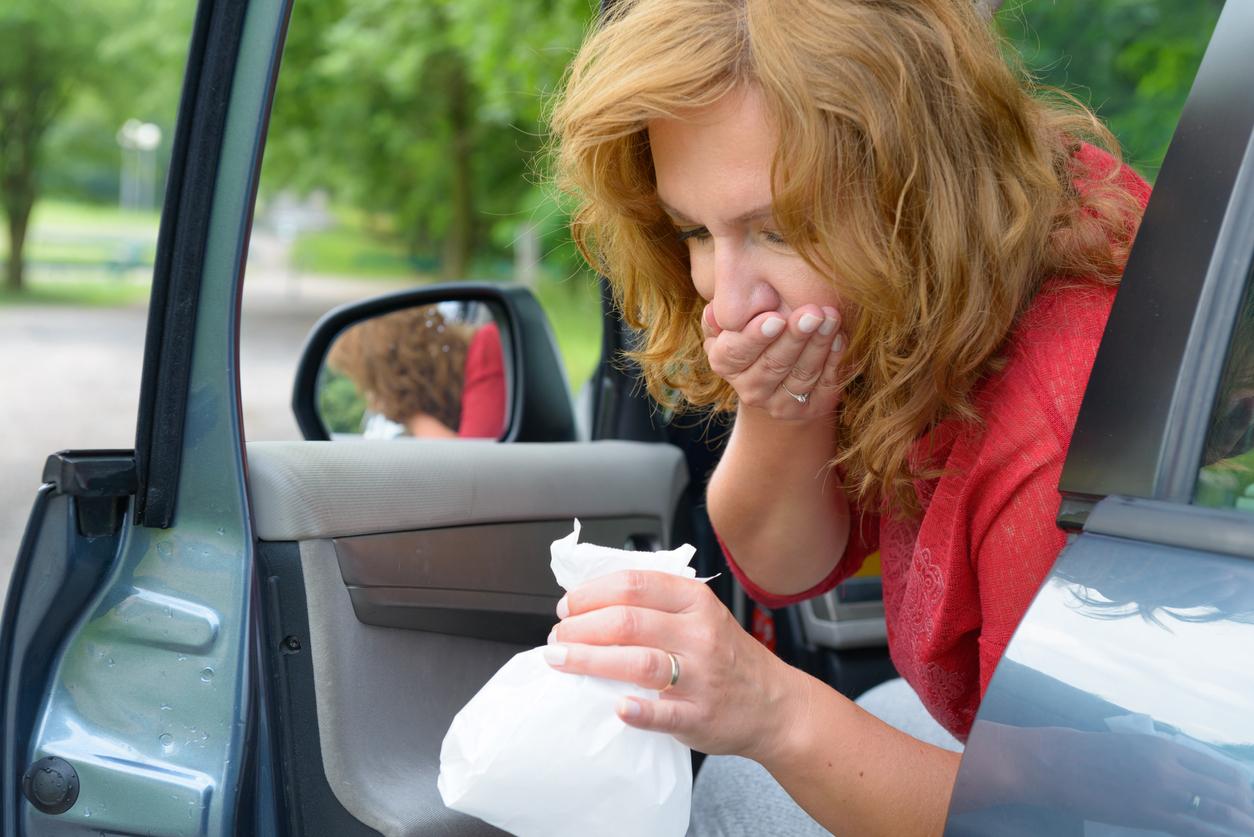Following the questioning of Prescrire, the Medicines Agency recalls the precautions for the use of Motilium pending its reassessment at European level.

The monthly Prescrire estimates that in 2012 alone 25 to 120 sudden deaths could be attributed to domperidone, this substance contained in the anti-emetic agent Motilium and its generics. For this reason, the medical journal asked the health authorities to withdraw this molecule from the market. Especially since 2005, several epidemiological studies, Dutch and Canadian, have shown that sudden cardiac deaths are approximately 1.6 to 3.7 times more frequent in the event of exposure to domperidone. In this context, the Medicines Safety Agency (ANSM) has just published a warning on the use of the product for prescribers.
Moreover, in 2011, the Agency had sent a letter to health professionals to inform them and make them aware of the “rare” but “potentially severe” cardiac risks (torsades de pointes) linked to the use of this molecule. The Health Agency warned about the risks of certain diversions of use of Motilium and its generics, for example, to stimulate lactation in women.
Today, the Agency recalls that Motilium is indicated only “in adults for the relief of symptoms such as nausea and vomiting, sensations of epigastric distension, discomfort in the upper abdomen and gastric regurgitation.
Faced with these dangers, the European Medicines Agency, with the Prac, has also initiated a reassessment of the benefits / risks of domperidone by a European arbitration expected in March 2014, for which France is rapporteur.
The ANSM already recommends that precriptors strictly adhere to the indications for this product and take into account the cardiac risk, in particular in patients with risk factors (existing prolongation of the QT interval, electrolyte disturbances significant, congestive heart failure …)
In addition, doctors are advised to limit the prescription to the shortest duration of treatment (usually 7 days maximum), and to the lowest possible dose without exceeding 30 mg / day in adults. This is because the risk may be higher in patients over 60 years of age or in those treated with daily doses greater than 30 mg.
“In the absence of cardiac disorders, the Agency specifies, patients currently on treatment can continue taking Domperidone.
.
















